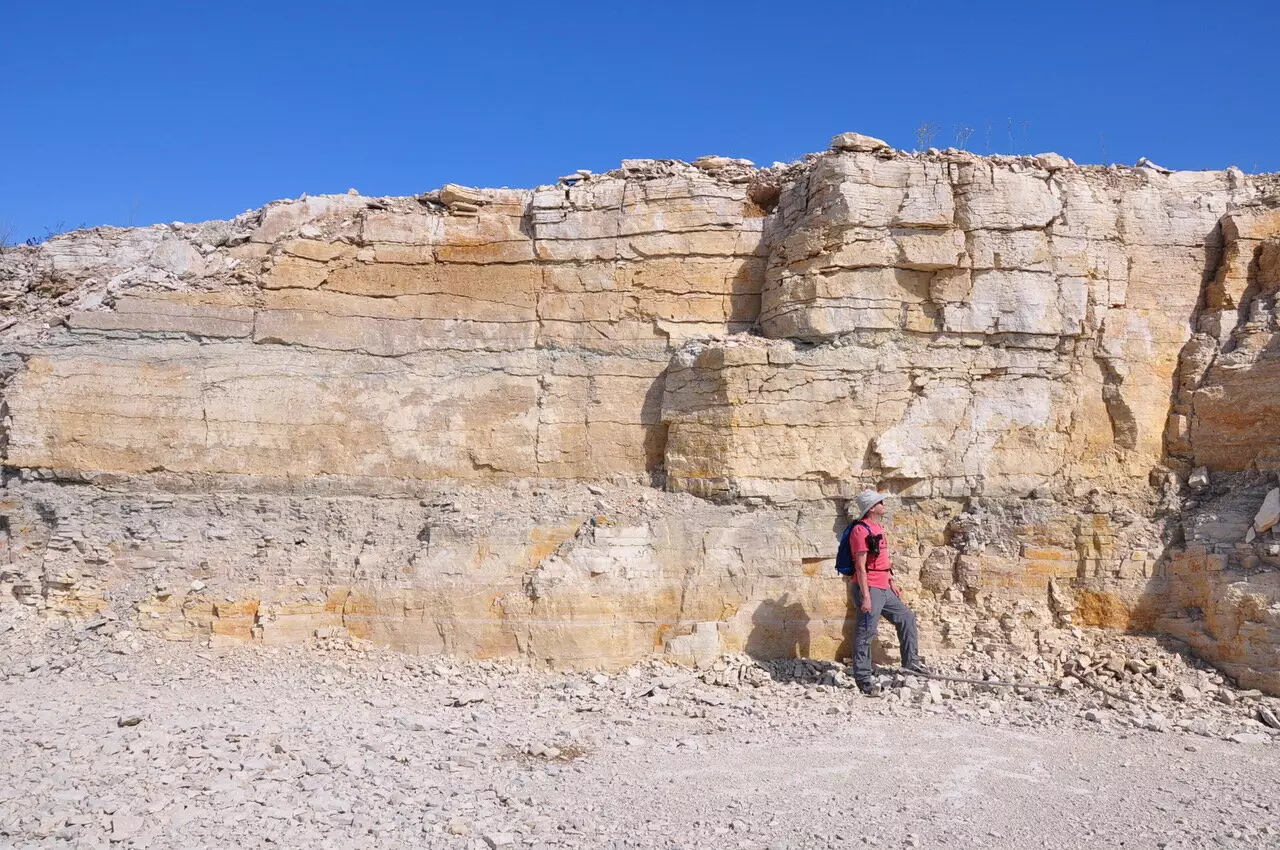In a recent study conducted by Dr. Brian Pratt and Dr. Colin Sproat of the University of Saskatchewan (USask), evidence of a tsunami that occurred hundreds of millions of years ago in Western Canada and the northern United States has been uncovered. This significant discovery sheds light on a catastrophic event that took place in the ancient sea that once covered parts of the region.
The Ancient Environment
During the Ordovician period, approximately 445 million years ago, the area that is now known as Saskatchewan, Manitoba, Montana, and the Dakotas was submerged under a sea called the Williston Basin. The landscape was vastly different from what we see today, with a much higher sea level and a tropical environment due to its proximity to the equator. This shallow inland sea was a thriving ecosystem for marine life at the time.
Pratt and Sproat conducted their research at three specific sites in Northern Manitoba where they found clear indications of a high-energy event that had occurred in the ancient sea. Sedimentary beds at these locations had been disturbed, with pebbles mixed with clay that had washed in from the land. The absence of clay in the deeper waters of the basin pointed to an external source, leading the researchers to conclude that a tsunami was the only plausible explanation for the phenomenon.
The earthquake that triggered the tsunami was caused by faults in the region’s crust, which were still active during that time. The sudden slippage of one of these faults sent shockwaves through the sea, causing the water level to drop at the shore before rushing back in a powerful surge. The resulting wave would have swept across the land, scouring the rocky surface and depositing clay back into the sea as it receded. Subsequent waves followed, leaving behind a trail of destruction in their wake.
Read More: Unlocking the Potential of Perovskite Solar Cells
A Unique Geological Perspective
The discovery of the ancient tsunami provides valuable insights into the geological processes that shaped the environment of the Williston Basin. This prehistoric setting, unlike anything seen today, offered a glimpse into the diverse marine life that thrived in the region. The researchers emphasize the importance of studying such events to understand the impact of geological forces on ancient ecosystems.
Redefining Earth’s History
The study challenges conventional beliefs about the frequency of tsunamis in Earth’s history, suggesting that these catastrophic events may have played a more significant role than previously thought. By exploring other sites in Canada, Pratt and Sproat hope to uncover additional evidence of past tsunamis and further expand our understanding of the planet’s geological history.
The discovery of the ancient tsunami in Western Canada serves as a reminder of the Earth’s dynamic nature and the powerful forces that have shaped its landscapes over millions of years. This groundbreaking research offers a unique perspective on a forgotten catastrophe and highlights the importance of studying such events to gain a deeper understanding of our planet’s geological past.


Leave a Reply